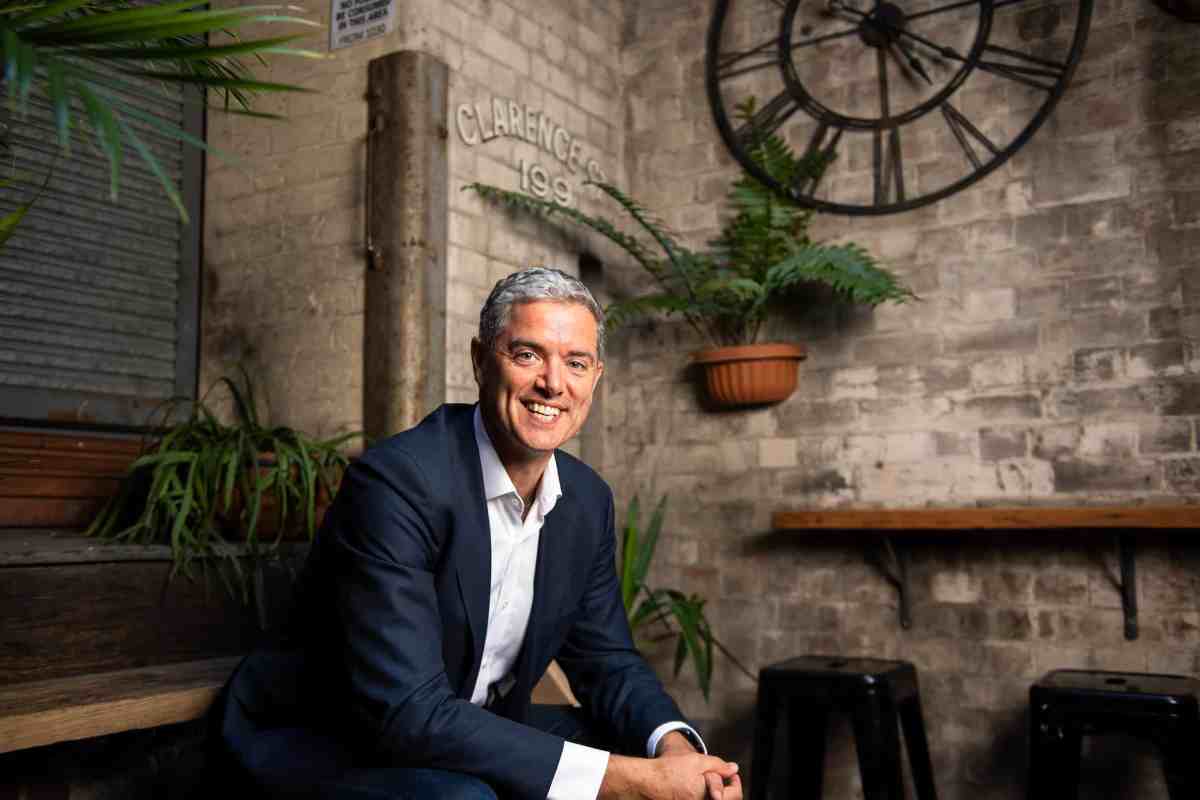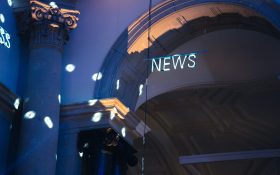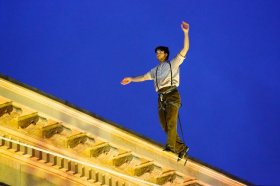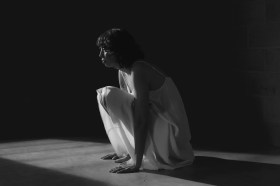When I took on the Arts portfolio last year, I had many questions. The first of those questions is this: why isn’t NSW the premier state for arts and culture in Australia?
When I look at other global cities, their arts, culture and entertainment sectors are bigger than ours. Their cultural institutions regularly make the top 20 most visited in the world and their governments have clear approaches and strategies for their cultural sectors.
In short, they value arts and culture.
The second question then rapidly becomes: what would it take to reach that potential? One key difference between Sydney and those cities where the arts and culture sector is a bigger part of the economy, is that while their arts and culture sectors welcome locals, they also welcome significant numbers of domestic and international tourists.
The ability to export our art and culture, our ideas and performances to the world and the ability to welcome more people here to experience them is part of the key to the growth of the arts and culture sectors in NSW.
The third question: what do we need to do to better tell the story about the importance of art and culture in Sydney and NSW? In my experience the whole sector agrees that Destination NSW has to play a better role here.
Finally, with a new Federal Government focused on the arts, what new possibilities does this open up for Sydney and NSW in the arts and culture space for cooperation?
These are four important questions that I would want to tackle in government. Some principles are more self-evident.
Four principles for change
The first principle is that we should defend art for art’s sake.
I had the great privilege of working for the Beattie Government at one point. I distinctly remember Peter Beattie put this view about the arts to a large crowd of Labor supporters, saying this: ‘The arts is about ideas, big ideas that change society, and that is why I talk about it so often.’
I agree with that view. Indeed, one of my first priorities will be to argue the case for the importance of art for art’s sake.
The second principle is this simple statement: First Peoples first.
We have so much to learn from First Nations people. In truth, in NSW, we need to do better to engage deeply with First Nations people – their music, arts and culture. It is an urgent task.
The third principle is we need a plan to grow the arts and culture sector in NSW.
There is currently no strategy for contemporary music, even five years after the parliamentary inquiry called for one. There is no plan for museums. There is no strategy for theatre. Without an art and culture plan in NSW we simply cannot reach our potential.
Fourthly, that plan has to tell the story of arts and culture in NSW. To celebrate our strengths.
That conclusion raises some serious questions for Destination NSW. Why aren’t they putting a stronger case for people to visit NSW to experience our culture?
The most successful jurisdictions overseas draw people to the experiences that tourists will have there. That’s the key to getting tourists to visit and it’s the key to drawing them back. Destination NSW needs to tell our state’s cultural story.
Western Sydney has been sold down the river when it comes to cultural policy. The two-and-a-half million people who call Western Sydney home have for too long had to survive on scraps. That is why Labor has committed to $160 million funding commitment for a new lyric theatre at the Riverside Theatres, an expanded Campbelltown Arts Centre and the Blacktown Arts and Cultural Centre.
Finally, and most importantly, I want to commit that a future Labor Government would rewrite our existing arts policy to include a focus on the broader creative industries of the state. Put aside the fact NSW does not actually seem to have a formal arts policy, I believe the best shorthand way to describe the existing arts policy approach in NSW is as quite a traditional arts policy, built around the major cultural institutions, and focused on the publicly funded arts sector.
As polices go, it risks looking antiquated.
I support the traditional arts, however, I don’t accept that this is where a NSW arts and culture policy should stop. There is room for more. The potential is massive. That is why we commit a future Labor Government to developing an arts, culture and creative industries policy for the state.
It would see a role for supporting creativity in a range of sectors including visual arts and performance, literature and print media, broadcasting and digital media, arts education, libraries and archives, museums as well as screen, music, fashion, architecture, design and technology.
In order to do so, an incoming Labor Government would launch an immediate, brief and deep shared conversation with the sector about what that arts, culture and creative industries policy should look like. Here are some reasons we should adopt this arts, culture and creative industries approach in NSW.
And six reasons why…
1. We should do that because as a state we’re good at it.
NSW has the largest creative workforce in the country. New analysis of the 2021 census shows that the creative sector workforce in Greater Sydney is 8.8% of the workforce. That is the highest of any Australian city. Shouldn’t the arts, culture and creative industries policy speak to the whole of that workforce, not just to the publicly funded sector?
2. We should adopt a creative industries approach because it’s actually what is happening on the ground.
For creative people in NSW it is not unusual to move between the cultural institutions, the publicly funded arts sector, universities and broader creative sector jobs. This is a talented, mobile, innovative and enterprising sector. Government simply has to keep up with the lived reality of how the sector works, and of how the humans in the sector work.
3. We should adopt a creative industries approach because that reflects the key finding of research conducted by A New Approach in its fifth insight report.
The finding was that, ‘There is a strong relationship between the success of the subsidised and non-subsidised cultural and creative industries.’
4. We should adopt a creative industries approach because we want all of government support for creativity.
I genuinely believe we can win and grow the sector by having a bigger discussion about the 9% of the economy engaged in the creative sector. That’s a discussion in government that talks to Education, to Health, to Transport, to Enterprise and Investment, to Treasury and to the Premier’s Department. That is a discussion about investment rather than simply grant funding.
5. We should adopt a creative industries approach: because the robots are coming.
That was best expressed in the ‘Creative Intensity’ model of the UK’s NESTA Innovation Foundation. Its five ways of assessing the level of creativity of an occupation include this criterion: ‘Is the work of the occupation mechanisation resistant? A machine or algorithm could not do the majority of this work.’
No sector is automation proof. But to build a robot proof economy in NSW we should look to the creative sector. After all, creativity is one of the things that makes us most human.
6. The Opposition should drive this because this is a modern Labor approach.
A creative industries focus was the approach that the last Labor government in NSW was turning to. It is the approach adopted by Victorian Labor. Both of those developments were influenced by UK Labour’s Creative industries policy, its ‘Cool Britannia’ initiative that saw a broader focus beyond the art sector to the creative industries.
That insight has driven results in the UK. By 2018 its creative industries sector was growing more than five times faster than the national economy. That insight has driven policy here in Australia. It is time to renew that discussion in NSW. I see it as a modern Labor approach that builds on the arts legacies of Premiers Cahill, Wran and Carr.
Those are six reasons why this new approach should be central to a new policy. My view is that a government arts, culture and creative industries policy should speak to each of creative businesses.
An arts, culture and creative industries policy means having the regulatory fight to protect grassroots arts spaces. Where does the emerging hip hop artist in Bankstown rehearse and perform? Where does a designer in Penrith practise their craft? The chronic lack of performance and creatives spaces in the city is choking off our brilliant creative minds of the future. We need to make it easier to run existing venues and encourage flexible use of new spaces.
Tackling the grassroots venue crisis will be one of the first priorities of Labor’s $103 million commitment to contemporary music in NSW. A final, but important reassurance. Lifting our sights in arts and culture can’t be about doing more with less. A turn to an arts, culture and creative industries approach should mean:
- whole of government support for the sector
- regulatory changes to reward performance, rather than punish it
- that more of Destination NSW’s $422 million annual budget lifts arts and culture, and
- that we continue to lift our cultural institutions to excellence.
None of that is easy – as we fight to grow arts and culture in NSW. That is why we need this change.
The NSW State Election will be held on Saturday 25 March 2023.
ArtsHub has approached each of the parties to present their Arts Policies ahead of the election.
Read: Arts Minister Ben Franklin’s statement.
Read: Greens’ Cate Faehrmann statement.





